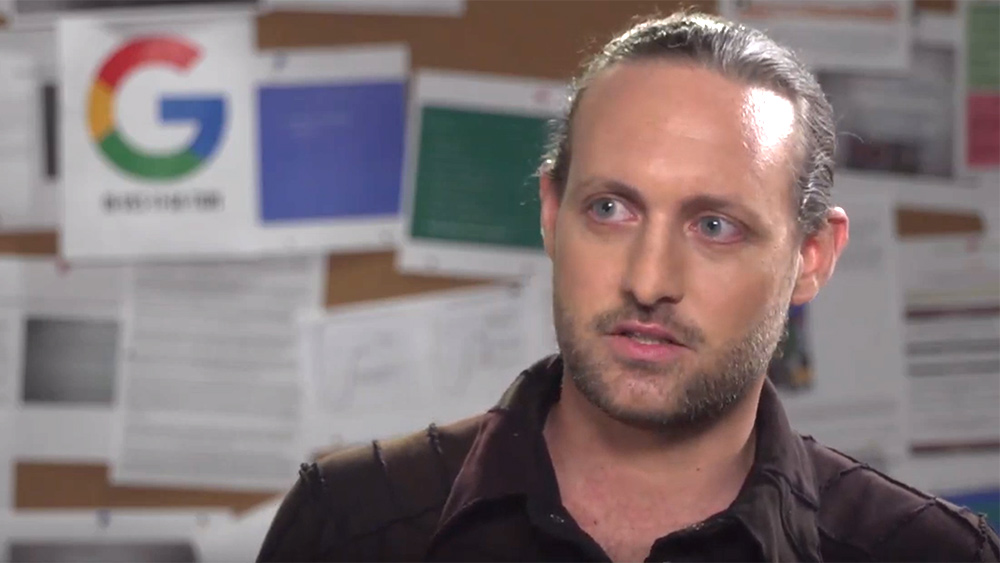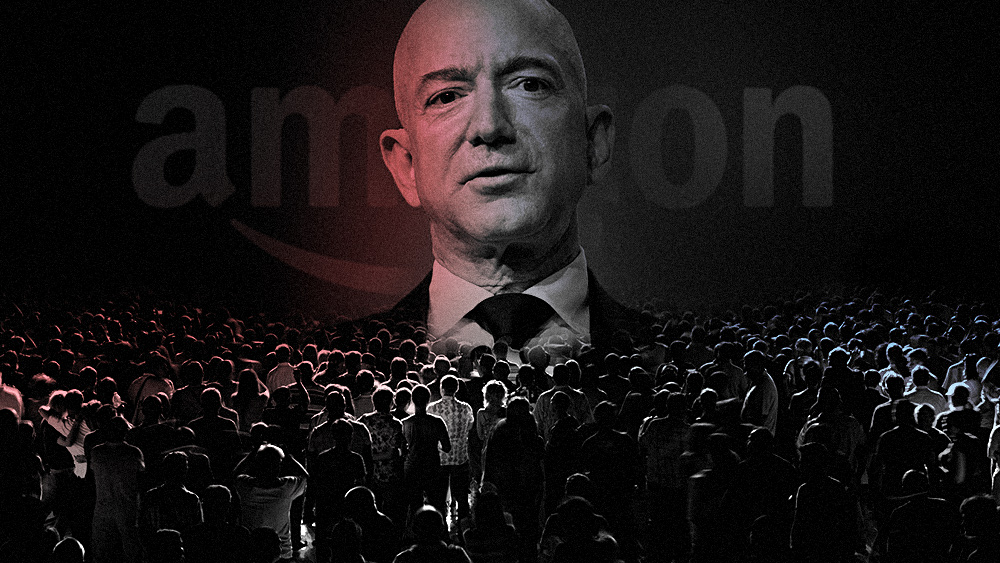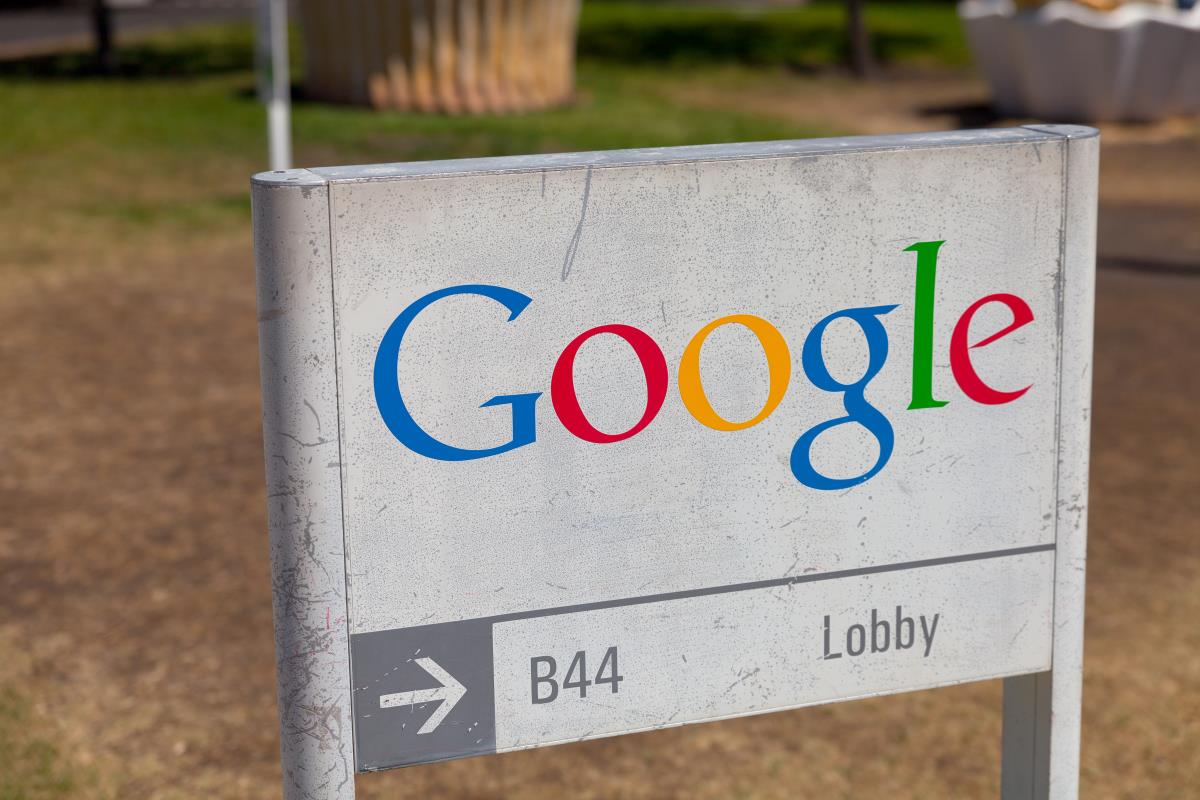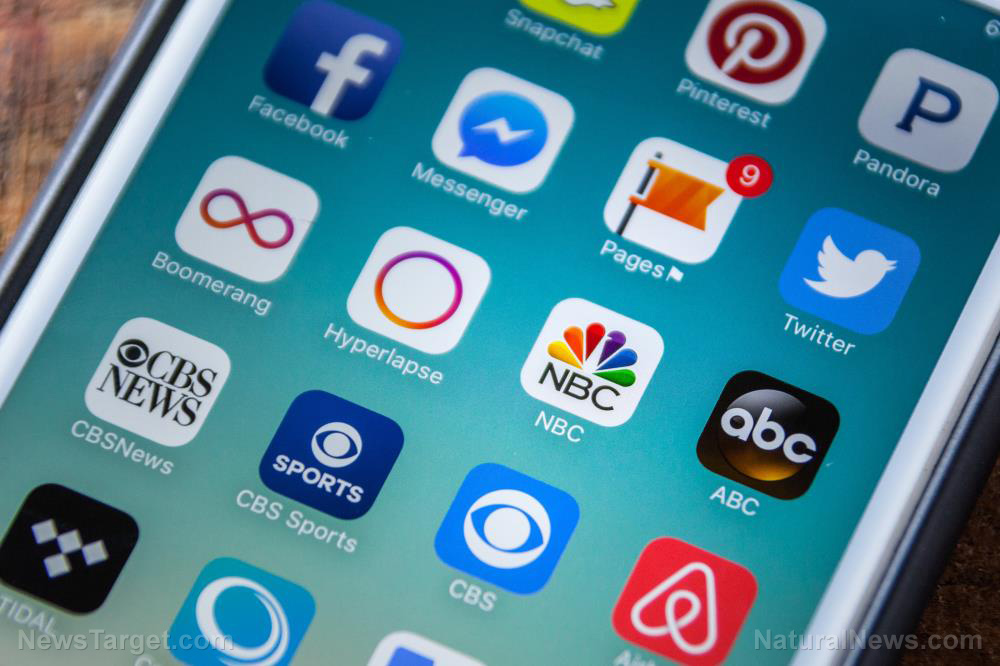Cryptocurrency is dying as young speculators shift to Robinhood and zero-cost trading
06/28/2020 / By Franz Walker

Once the darling of daring young investors looking to get into trading on the cheap, cryptocurrency hasn’t really recovered since the 2018 crash. Now, these same investors seem to have found something new to put their money into – Robinhood.
With its innovative “zero-cost” trading model, Robinhood has quickly gained a following among young, tech-savvy but cash-strapped investors – the same type that was attracted to bitcoin at its height.
The rise and fall of cryptocurrency
The concept of cryptocurrency goes as far back as 1998 when computer scientist Wei Dai published a paper describing what he then called “B-Money.” The concept behind this was the creation of a decentralized digital currency that would string along a group of untraceable digital pseudonyms serving as transaction records. This would allow for a system where all transactions could be tracked without having to rely on a centralized server or central bank.
It wasn’t until 2009, when Bitcoin burst into the scene, that cryptocurrency as we know it today entered into the public consciousness.
The key to Bitcoin, and other cryptocurrencies’ success was the concept of the “blockchain.” Each unit of a cryptocurrency is linked to a “block,” a list of transactions, which gets added to and linked to other blocks whenever currency is spent or exchanged. The chain of all these transactions is the blockchain, which serves as a decentralized ledger of all transactions ever undertaken.
Bitcoin and other cryptocurrencies soon attracted a lot on investors – some drawn by the lack of a centralized authority, others simply because it was easier and much more convenient to get into compared to the traditional stock market. Eventually, bigger players took notice, putting a lot of money into the currencies and even establishing exchanges to handle their trading.
For a while, the market continued to grow and the values of these cryptocurrencies continued to increase. By 2017, the price of Bitcoin had grown by about 2,700 percent, setting a record high of $19,891 to one Bitcoin on December 17, 2017. However, everything changed during the great crypto crash of 2018.
The great crypto crash
Even as the currencies were continuing to earn value, some experts were already warning that the bubble would soon burst.
The first blow came on December 22, 2017 when the price of Bitcoin fell below $11,000, a 45 percent drop just five days after reaching its all-time high. While this could have been a one-time drop, it was soon followed by a series of incidents that sent prices plummeting after the year turned over.
In January, cryptocurrencies were struck by a trifecta of unfortunate events. First, rumors of South Korea banning cryptocurrency trading sent prices down further. Then, cease and desist orders from Texas and North Carolina forced cryptocurrency exchange BitConnect to halt its services. Finally, there was the hacking of Japan’s largest cryptocurrency exchange, Coincheck, which resulted in the loss of $530 million worth of currency, forcing the exchange to suspend operations.
These incidents sent the price of cryptocurrencies down as investors started to flee the market. (Related: The bitcoin bubble explained: Understanding the mathematics of the inevitable bitcoin crash.)
Robinhood and the rise of zero-cost trading
In the face of cryptocurrency’s fall, it seems that those who initially invested have now moved on to Robinhood.
Launched in 2015 by Vladimir Tenev and Baiju Bhatt, Robinhood has quickly grown as young investors have been drawn to its promise to provide everyone with access to the financial markets, “not just the wealthy,” through the combination of low-cost, commission-free trading and mobile accessibility.
By doing so, some have posited that Robinhood has been able to attract the same young, tech-savvy and risk-taking investors that first flocked to Bitcoin and other cryptocurrencies.
“Whatever latent urge young people had to gamble was now satisfied with a platform that was far more popular and easier to understand,” wrote Tim Knight, managing partner at the Tim Knight Organization. “Twenty-somethings and dying to make easy money, and after crypto flopped, they’ve turned their attention to buying the likes of Hertz and Hi-Crush Partners.”
The success of Robinhood has spurred others to copy its model. By 2019, traditional online brokerages had started to offer their own zero-cost trades.
The proliferation of low-cost trading has threatened to deprive Robinhood of one of the factors that have set it apart. Its mobile app is still seen as an advantage, but it can no longer rely on its low-cost pricing scheme.
In response to these new challenges, Robinhood has been quick to embrace other forms of investment. In June of 2019, Robinhood launched cryptocurrency trading services — the same thing some say it killed — hoping to attract those still willing to invest in it.
Robinhood co-founder Vlad Tenev admitted that the move was more about increasing customer numbers of profits.
“We view this as an opportunity to expand our customer base and give our customers more access to functionality,” said Tenev.
In addition, Robinhood has also started offering banking services. Last December, the company announced “Robinhood Checking & Savings,” a product with a three percent interest rate.
The product faced criticism, however, because it wouldn’t be insured by the Federal Deposit Insurance Corporation. In addition, the Securities Investor Protection Corporation (SIPC) also stated that the product wasn’t eligible for protection, forcing Robinhood to backpedal on its plans.
Regardless of the setback, it seems that Robinhood is doing its best to ensure that it continues to grow, diversifying its services while sticking to the zero-cost trading model that made it popular in the first place.
Is zero-cost trading here to stay?
Perhaps the more important question isn’t whether Robinhood can survive; it’s whether or not the concept of zero-cost trading will be here to stay.
A big component of why cryptocurrency crashed, was due to regulators zeroing in on its unregulated nature, and then using that as a reason to either close exchanges or outright ban it. Robinhood and other companies that do zero-cost trading are regulated by the Securities and Exchange Commission. This means that there less risk of legislators shutting it down.
Unlike cryptocurrency, where investors put their money in nebulous mathematical equations in an effort to dodge regulation, zero-cost trading services like Robinhood still put investors money in traditional stocks and equities for the most part. This should help the concept avoid the issues that led to cryptocurrency’s downfall.
Sources include:
Tagged Under: bigtech, bitcoin, Bubble, Collapse, crypto, crypto crash, cryptocurrency, currency, equities, finance, investment, mobile tech, money, risk, Robinhood, stock market, stocks, traders, trading, zero-cost trading
RECENT NEWS & ARTICLES
COPYRIGHT © 2017 COMPUTING NEWS


















